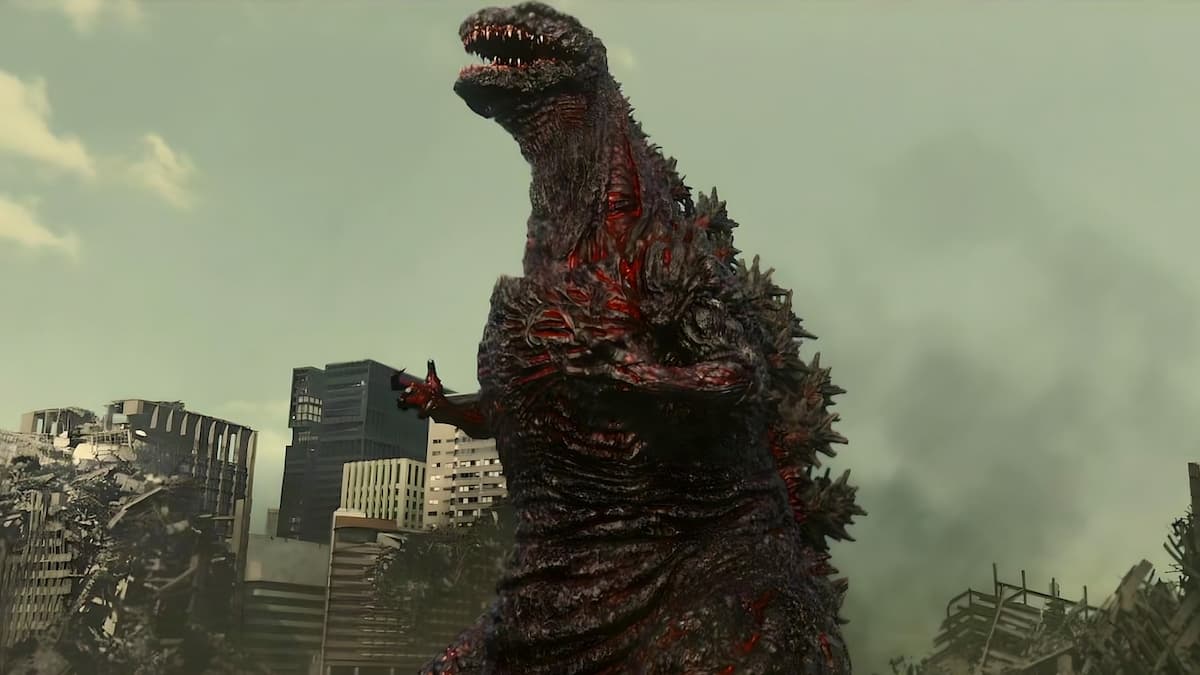Out of all the different iterations of Godzilla we’ve seen over the years, one of the most memorable yet terrifying versions has to be Shin Godzilla.
The film came out in 2016 and was the first Godzilla film from ToHo, the studio that originally created the monster, since Godzilla: Final Wars in 2004. This was the 31st Godzilla movie and it acted as a reboot for Japan, with a completely new continuity which saw the terrifying monster return in a gruesome new way. Rather than being an allegory for the nuclear bombs dropped on Japan at the end of the second World War, this version of the monster and the imagery from the film relates more to the Tsunami and resulting disaster at the Fukushima nuclear plant in 2011.
Godzilla appears as a mutated dinosaur with burnt looking flesh and as the film goes on, we learn that the monster is constantly evolving due to radiation. Many have theorized that the creature is in constant pain due to its ever-mutating body, but this does allow Godzilla to do something we’ve never seen before and that is change between different forms as he lays waste to Tokyo, so without further ado, let’s delve into each one!
The first from
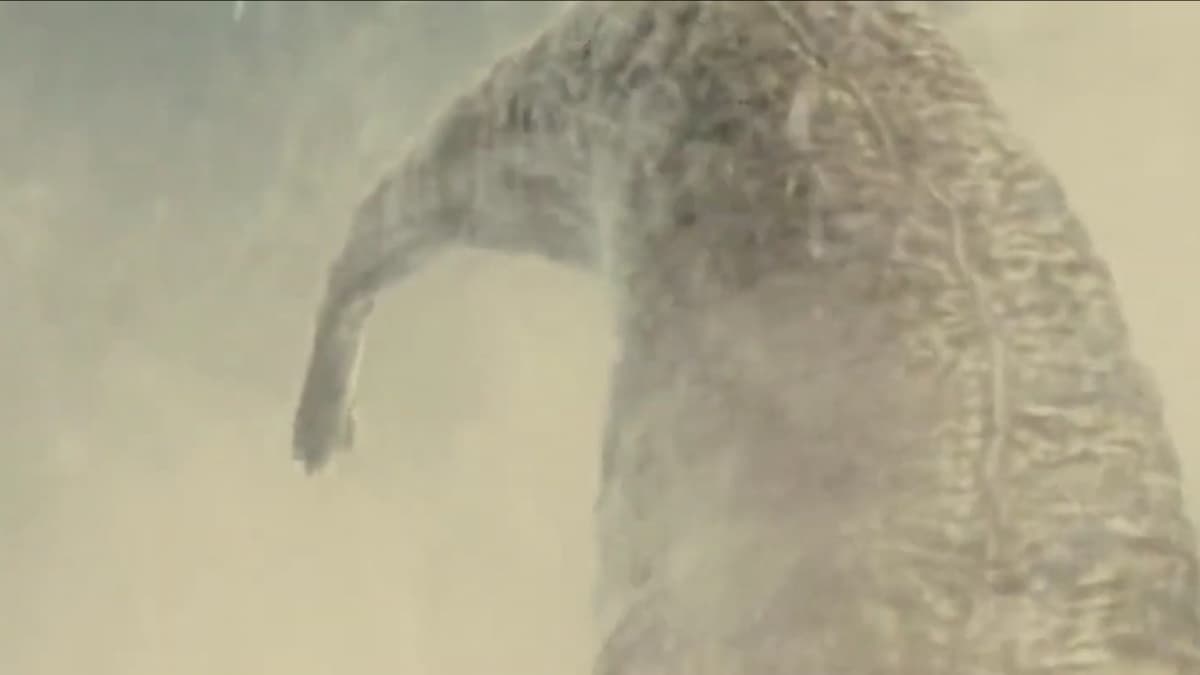
The film starts out with the mysterious discovery of an abandoned boat belonging to a biologist by the name of Goro Maki who had been studying a new life that he’d discovered which had been feeding on radiation. Obviously the creature he was studying would become Godzilla, although for whatever reason Maki takes his own life, at least, that’s what’s implied.
So we don’t really get to see much of Godzilla’s first form in the movie, we briefly witness the tail poking out of the water but there isn’t really much shown. The origin of this version of the monster is left somewhat open ended. Some viewers have theorized that Godzilla started out as a bunch of microorganisms that rapidly mutated after feeding on nuclear waste, whilst others think that the creature originally started out as a primordial aquatic life form but mutated once it came into contact with the nuclear waste.
Either way radiation and mutation are key elements in this version. The radiation causes intense mutation leading to the creature later becoming the monster we all know and fear. Concept art of Shin’s first form shows the creature looking like a giant tadpole with a long tail.
The second form
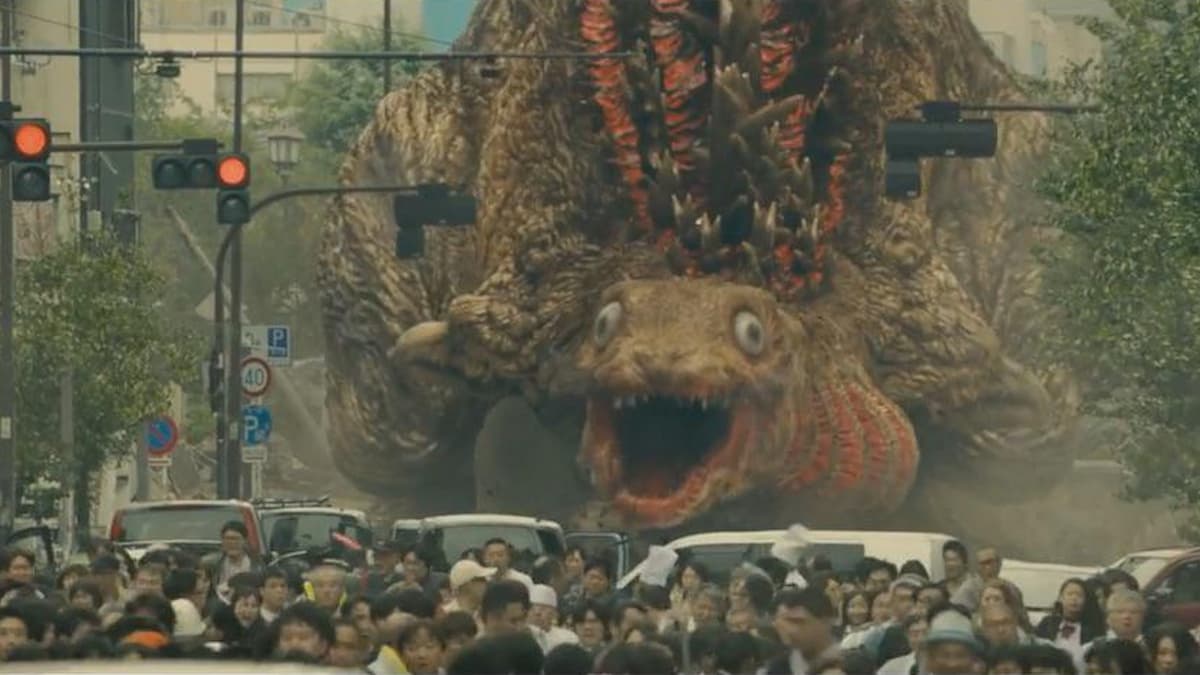
After the initial disaster caused by Godzilla’s first form, it quickly evolves into something much more dangerous. The second form has a set of rudimentary legs that are able to push it onto land. In this form Godzilla is able to cause a great deal of destruction, although it’s still not yet fully adapted and cannot stand upright, instead pushing along on its belly. It also lacks any sort of arms, having what appear to be flippers instead.
This form also has gills on the neck as at this stage Godzilla is still mostly adapted to living and swimming in water. What appears to be blood can also be seen pouring from the gills, and judging by the steam coming off of the fluid, it’s likely incredibly hot, this may be a way to cool itself down, or it could be that air is still somewhat harmful to the creature. Either way, it’s able to adapt pretty fast to the new environment. Some have pointed out that the second form kind of shares a resemblance to a Frilled Shark, which could give us a hint at the creature’s origin, it’s also possible that the radiation has caused multiple different creatures DNA to combine and form a single creature, more on that later.
The third form
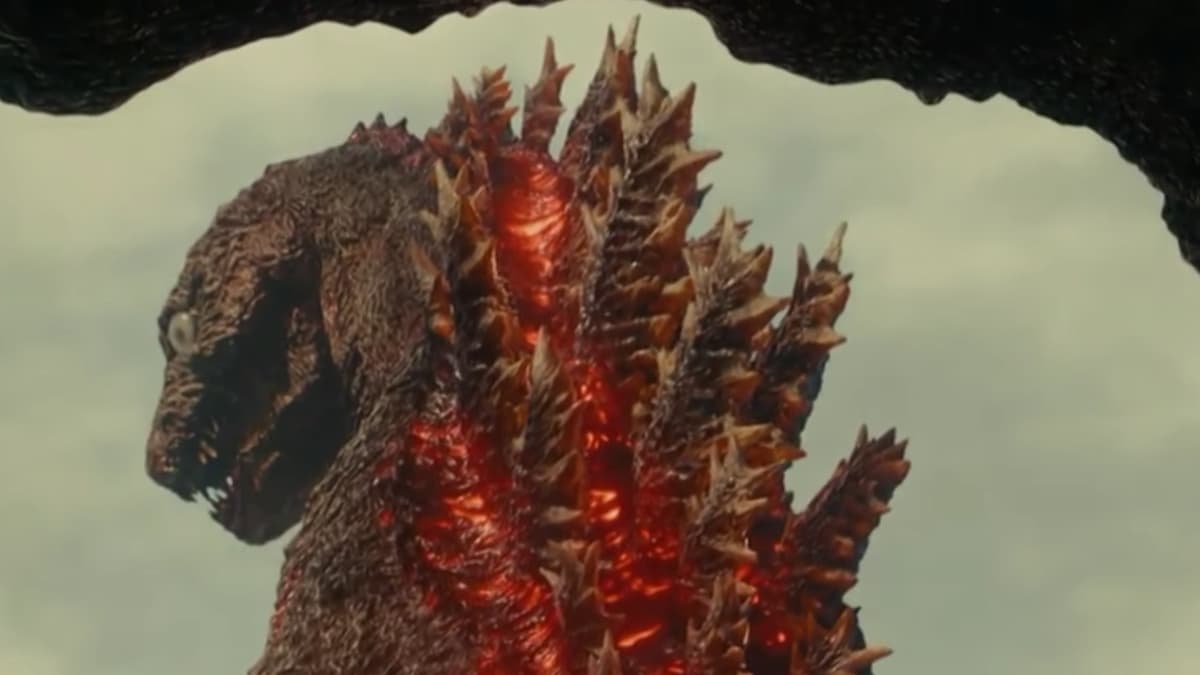
We actually get to see the evolution from the second to third form happen on-screen, it shows just how quickly Godzilla is able to adapt to changing environments. The third form starts to look a bit more familiar as it finally stands upright on its back legs, the stubby fins also turn into stubby arms. Finally the gills close up somewhat, although they are still visible on Shin’s body. This form is definitely better adapted for life on land, although it is still somewhat weak and quickly retreats to the relative safety of the ocean.
The fourth form
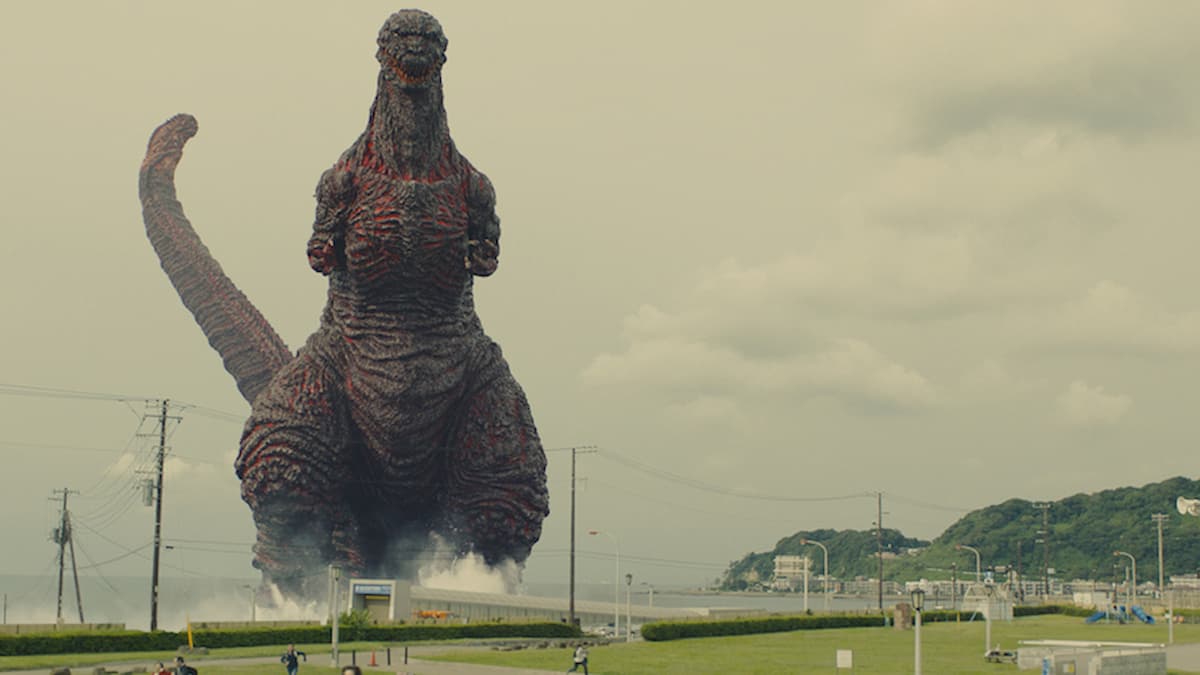
This is the form we see for a majority of the film and the most Godzilla-like version out of all of them. Standing at almost 120 meters tall this behemoth lays waste to Tokyo, knocking down anything in its path. To make matters worse the fourth form also has a devastating atomic breath that it is able to focus into a white hot beam capable of cutting through almost anything. Oh and this version is also able to shoot similar beams from its tail and back spines. On the subject of Shin’s tail, you can actually see at points that the tail has a somewhat deformed Godzilla skull on the end of it, whether it’s sentient on its own or if Shin controls it is unclear.
Anyway, this form is borderline indestructible as shown by how ineffective the military’s bullets and missiles are against it. However, it does have one key weakness, after all the carnage and destruction Godzilla has to go into a form of hibernation to regain its energy.
Shin Godzilla is constantly adapting
So if it’s not apparent by this point, Shin Godzilla is basically continuously adapting in order to overcome any obstacle in its way. One of these obstacles is humanity. In the final act of the film it seems like nothing can stop the titan, but the heroes of the story are able to band together and create a blood coagulant, based on Goro Maki’s research, that’s capable of causing Godzilla’s entire body to freeze. Ultimately they are successful, being able to turn the monster into a massive statue. However, before the credits roll the camera pans up to Shin’s tail revealing a bunch of humanoid creatures that looked to be breaking off before they were trapped frozen in place.
The fifth form
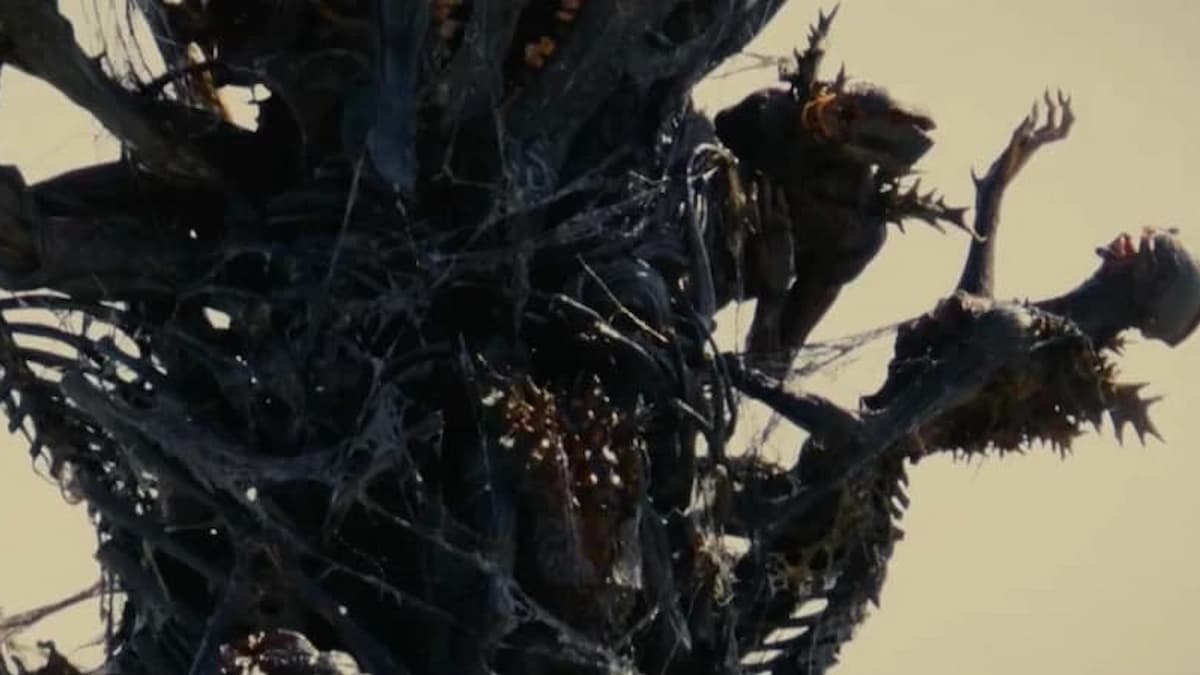
Had the protagonist’s plan been unsuccessful, this would have been Shin’s fifth form, a bunch of humanoid creatures likely connected via a hivemind. As we already know by this point, Shin is constantly adapting, the ending suggests that the monster would have evolved into something more human in order to counter the threat it was facing.
It has been theorized that Goro Maki, the scientist whose boat was found at the beginning of the film, may have somehow merged his DNA with the early form of Godzilla, either intentionally or unintentionally. This human DNA could have been what allowed Godzilla to start changing into the fifth more humanoid form.
Other forms
Whilst there have been theories of even more forms of Shin Godzilla, we never get to see them in the movie. It’s likely that it would have continued to mutate and change indefinitely and whilst that might have been a cool idea for a sequel, we never got a Shin Godzilla 2, but we did get Godzilla: Minus One instead so it’s not all bad.

